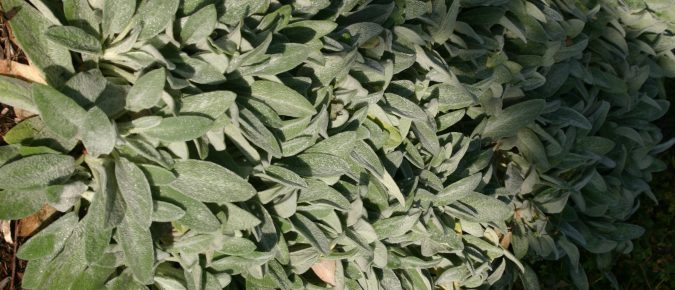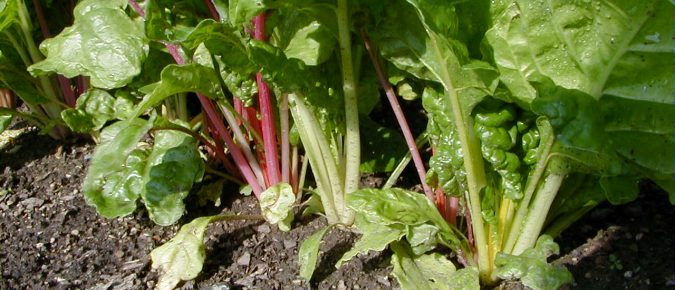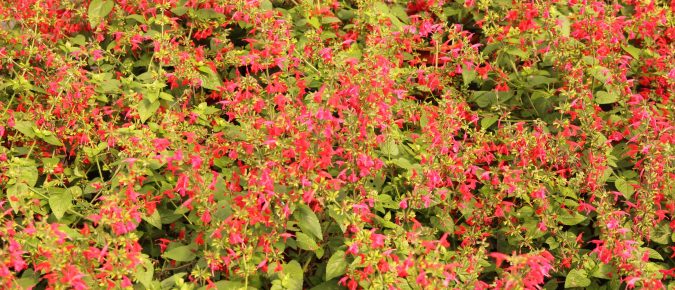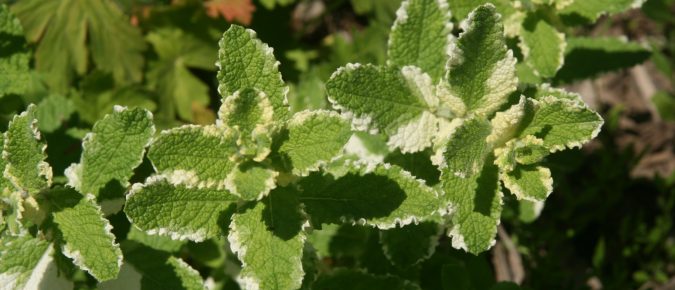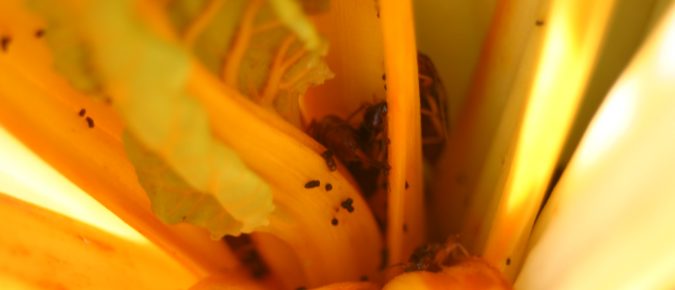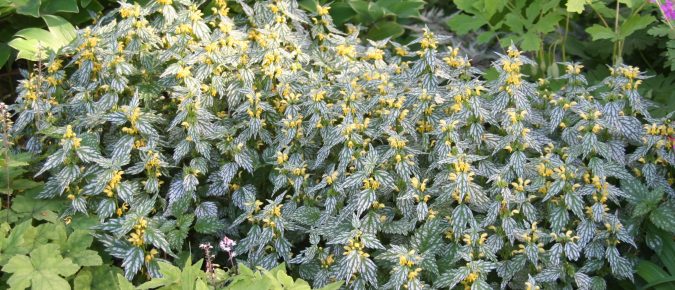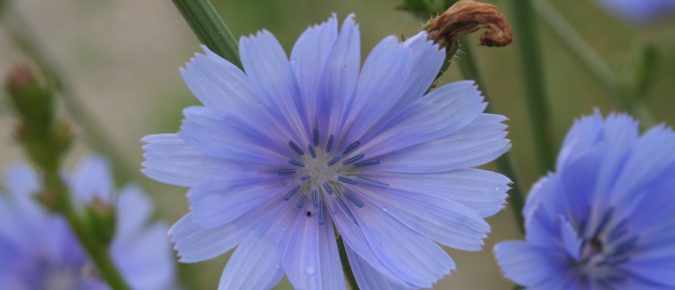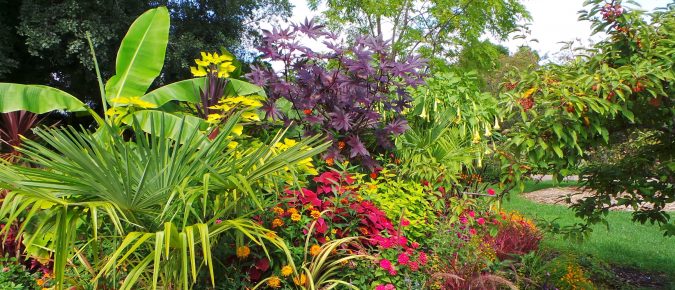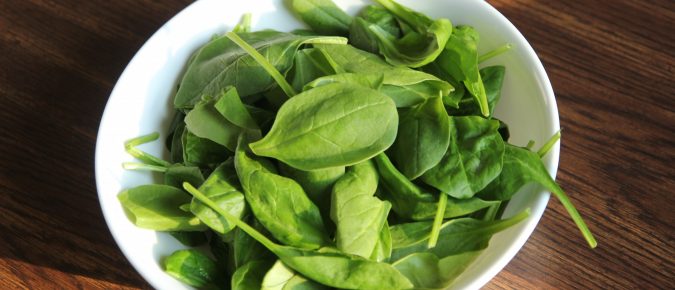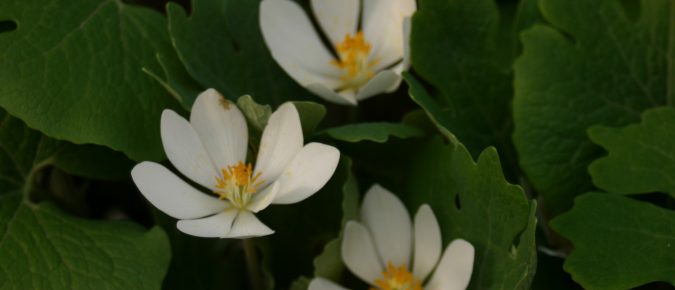Lamb’s ears (Stachys byzantina) are frequently used in Midwestern gardens for their soft, silvery foliage. One cultivar that is a little different than the rest is ‘Cotton Boll’, so named for the unusual flower spikes that resemble cotton balls arranged along the stem. To learn more about this sterile cultivar with nice foliage, read this article…
The leafy vegetable Swiss chard is an easy-to-grow plant that is the same species as beets, but is grown for the leaves and enlarged petioles instead of the root. Learn more about chard in this article…
Add some airy sprays of colorful flowers to your gardens with this pretty plant. A perennial in its native habitat from Central America to the southeastern US, scarlet sage is used as an annual or bedding plant in cooler climates. Several cultivars offer bright and pastel blooms on sturdy plants. To learn more about Salvia coccinea, read this article…
Pineapple mint is a fuzzy-leaved plant that can be used as an herb or included in the garden as an ornamental for its variegated foliage. To learn more, read this article…
Many people are repulsed by the sight of an earwig and its intimidating back end. But those pinchers are mostly just for show, and these insects won’t harm people. They are primarily scavengers feeding at night, but they will eat some living plants and may cause damage at times. To learn more about these “icky” insects, read this article…
Yellow archangel is a hardy perennial in the mint family related to Lamium (deadnettles). Generally only variegated cultivars of this plant are grown, primarily for their foliage, although they do have interesting flowers for a short time every year. To learn more about Lamiastrum galeobdolon, read this article…
Do you recognize those blue flowers along the roadside that will keep blooming until frost (if not mowed off)? That’s chicory, an escaped, naturalized European plant that has been used for food and forage since ancient times, although most Americans know it just as a weed. To learn more about Chicorium intybus, read this article…
Looking to add drama to your landscape? Castor bean is a fast-growing tender perennial with huge leaves that can be used as a seasonal annual in cooler climates. Chose from a number of varieties of this East African native selected for their ornamental value to make a bold statement in your garden. To learn more about this plant, read this article…
Spinach is a quick and easy crop perfect for the home garden, and there are many cultivars of this cool season plant. To learn more about growing this leafy green, read this article…
With small but pretty pink flowers, henbit might be considered an ornamental plant, but is a weed for most people. This introduced relative of the more-refined, perennial spotted deadnettle (Lamium maculatum) that is commonly cultivated in gardens is an annual or winter annual. To learn more about this plant, read this article…
With big yellow flowers, the Erythronium hybrid ‘Pagoda’ is a great addition to shady gardens. Developed from two species of native North American wildflowers, this spring bloomer will naturalize in woodland gardens and combines well with bleeding heart, columbine and hostas. To learn more about this garden ornamental, read this article…
Early spring bloomers are much appreciated after a long, cold winter. Bloodroot is one of the first wildflowers to open its bright white flowers in Midwestern woodlands. This native plant is at home in deciduous forests and in gardens where appropriate conditions can be provided. To learn more about this spring wildflower, read this article…

